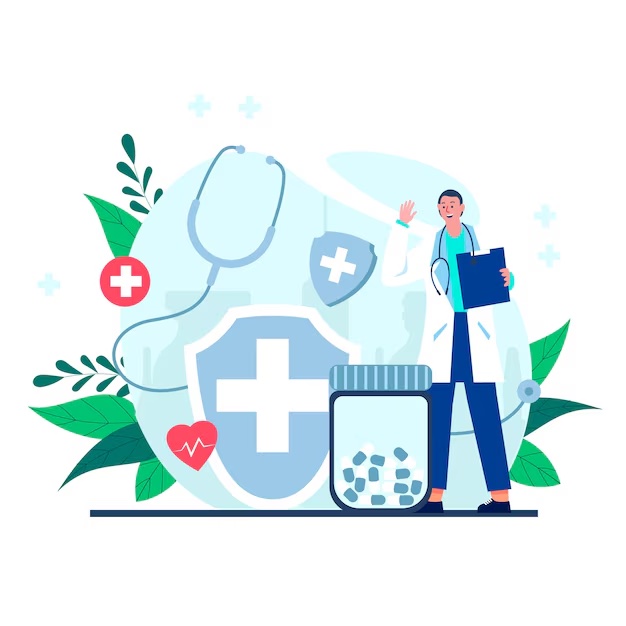
In the fast-paced environment of healthcare, where every second counts, RTLS Beacons (Real-Time Location System) have become pivotal in enhancing patient care and operational efficiency. These beacons are not just technological advancements; they are the compassionate companions in the healthcare ecosystem, ensuring that the right tools, resources, and personnel are available at the right time and place.
The Role of RTLS Beacons in Modern Healthcare
RTLS Beacons are small, wireless devices that emit signals used to track and locate assets and individuals in real time. In healthcare, this translates to a multitude of benefits, from improving patient safety to optimizing the utilization of equipment and facilities.
Enhancing Patient Safety with RTLS Beacons
One of the foremost applications of RTLS Beacons in healthcare is patient safety. By tracking the location of patients, especially those at risk of wandering, healthcare providers can ensure timely intervention and assistance. This proactive approach can prevent incidents and provide peace of mind for both patients and their families.
Optimizing Staff and Asset Management
Hospitals are complex environments with numerous assets and personnel. RTLS Beacons can track the location of medical equipment, such as defibrillators or wheelchairs, ensuring that they are available when and where they are needed. Similarly, staff can be tracked to optimize shift planning and response times in emergencies.
Streamlining Workflow and Operations
The operational efficiency of a hospital is crucial for providing quality care. RTLS Beacons can help streamline workflows by providing real-time data on the status of patients, assets, and staff. This data can be used to make informed decisions, improve resource allocation, and reduce wait times.
Key Benefits of RTLS Beacons in Healthcare
- Improved Patient Care: By quickly locating patients and responding to their needs, healthcare providers can enhance the quality of care.
- Efficient Asset Utilization: Medical equipment can be tracked and managed more effectively, reducing downtime and improving patient outcomes.
- Staff Optimization: RTLS Beacons can help in optimizing staff deployment, ensuring that the right personnel are available in critical situations.
- Enhanced Security: By monitoring access to sensitive areas, RTLS Beacons can improve security protocols and protect patients and staff.
Integration with Healthcare Systems
The true power of RTLS Beacons lies in their ability to integrate with existing healthcare systems. By connecting with electronic health records (EHR), hospital information systems (HIS), and other IT infrastructure, RTLS Beacons can provide a comprehensive view of the hospital’s operations, enabling data-driven decision-making.
Future Prospects and Technological Advancements
As technology progresses, RTLS Beacons are expected to become even more sophisticated. With the integration of AI and machine learning, these beacons could predict equipment needs or patient movements, further streamlining hospital operations. Additionally, advancements in battery life and miniaturization will make RTLS Beacons even more versatile and reliable.
Addressing Privacy Concerns
In healthcare, privacy is of utmost importance. It is essential that the use of RTLS Beacons complies with healthcare regulations and data protection laws. Clear communication about how patient and staff data will be used and stored is crucial to maintaining trust.
Conclusion
RTLS Beacons are revolutionizing the healthcare industry by providing real-time location tracking that enhances patient care, optimizes asset and staff management, and improves operational efficiency. As these beacons continue to evolve, their role in healthcare will become even more integral, contributing to smarter, safer, and more efficient healthcare environments.



